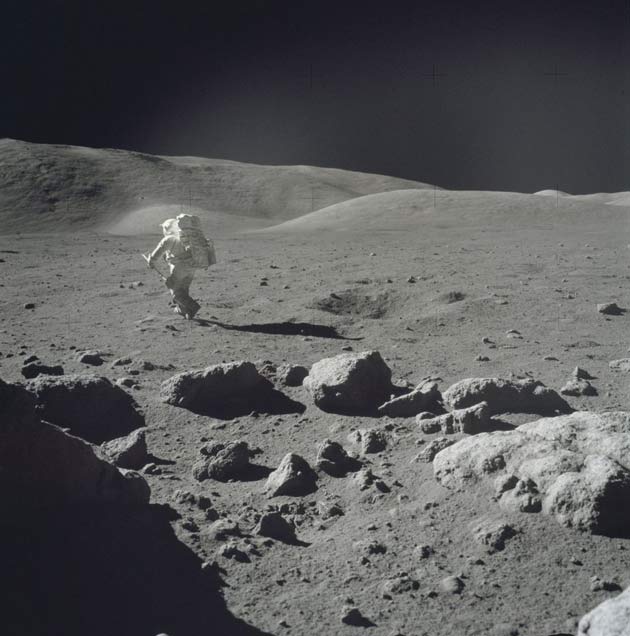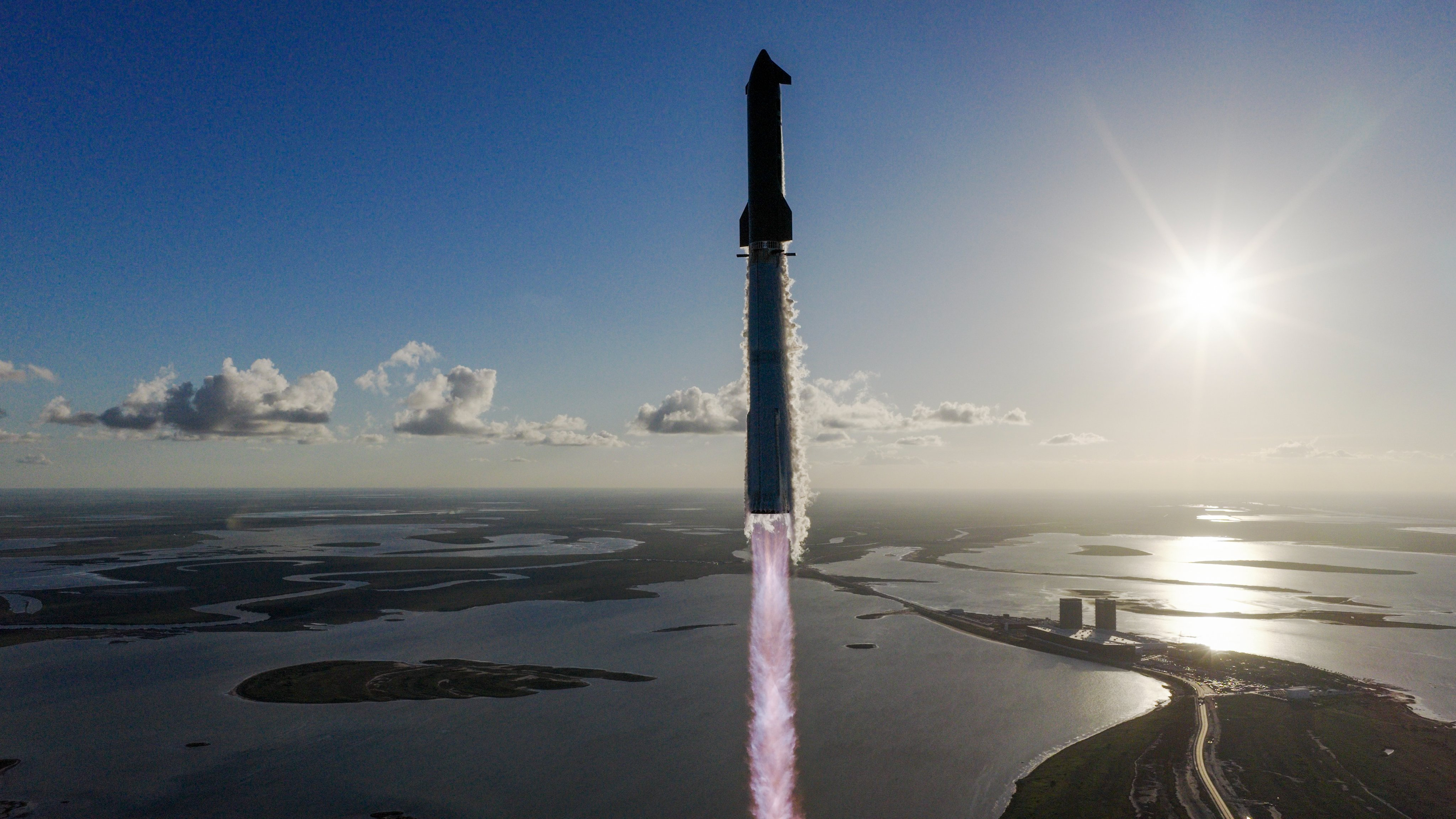New NASA Spacecraft to Probe Moon Dust

NASA isdrawing up plans to probe the secrets of moon dust using a small orbiter thatwill ride piggyback on another spacecraft?s rocket.
The $80-millionLADEE spacecraft is slated to launch alongside a lunar gravity-mapping probe in2011 on a 100-day mission to study the moon?s wisp-thin atmosphere and ever-presentdust, the agency said Thursday.
A clearunderstanding of the moon?s atmosphere and its clingy dust will be vital forNASA as it moves forward with plans to return astronauts to the lunar surface aboardits Altair lander by 2020.
During the Apollolunar landings between 1969 and 1972, NASA moonwalkers were coatedin lunar dust during excursions and tracked it back inside their landers,where it gave off a smell similar togunpowder. The gritty material can be abrasive, made of sharp, glassygrains, be electrostatically charged and may even be toxic to astronauts if toomuch is inhaled, researchers have said.
"Moondustwas a real nuisance for Apollo astronauts," said NASA researcher MianAbbas, whose team studies the interaction of lunar dust and solar wind at the NationalSpace Science and Technology Center's Dusty Plasma Lab in Huntsville, Ala., ina statement. "It stuck to everything - spacesuits, equipment,instruments."
Accordingto one NASA mission description, LADEE - short for Lunar Atmosphere and DustEnvironment Explorer - is expected to carry at least two instruments, aspectrometer for atmosphere studies and a dust detector aimed at the moon?sgritty regolith.
?Thesemeasurements will provide scientific insight into the lunar environment, andgive our explorers a clearer understanding of what they'll be up against asthey set up the first outpost and begin the process of settling the solarsystem," said Pete Worden, head of NASA?s Ames Research Center in MoffettField, Calif., which will oversee the LADEE mission, in a statement.
Breaking space news, the latest updates on rocket launches, skywatching events and more!
The LADEEorbiter is expected to ride in the back seat of an unmanned Delta 2 rocketbehind NASA?s GravityRecovery and Interior Laboratory (GRAIL), a $375-million orbiter designedto parse out the mysteries of the moon?s gravitational field. The twospacecraft will separate only after they are en route to the moon, with LADEEexpected to take about five months to enter orbit and check its systems.
LADEE andGRAIL will follow a flotilla of lunar probes, including Japan?s Kaguya orbiterand China?s Chang?e-1 spacecraft - both of which launched last year and arelikely to their mission?s extended.
India ispreparing to launch its lunar orbiter, the Chandrayaan-1, later this year withNASA?s Lunar Reconnaissance Orbiter (LRO) to follow later this year. A secondNASA probe, the Lunar Crater Observation and Sensing Satellite, will alsolaunch with LRO and purposely crash two vehicles into the moon to search for hiddenwater ice.
"LADEErepresents a low-cost approach to science missions, enabling faster sciencereturn and more frequent missions," Worden said.
- Mooncrash! The Greatest Lunar Impacts Ever
- GALLERY: Future Vision: Lunar Base
- Vote: The Best Moon Image

Tariq is the award-winning Editor-in-Chief of Space.com and joined the team in 2001. He covers human spaceflight, as well as skywatching and entertainment. He became Space.com's Editor-in-Chief in 2019. Before joining Space.com, Tariq was a staff reporter for The Los Angeles Times covering education and city beats in La Habra, Fullerton and Huntington Beach. He's a recipient of the 2022 Harry Kolcum Award for excellence in space reporting and the 2025 Space Pioneer Award from the National Space Society. He is an Eagle Scout and Space Camp alum with journalism degrees from the USC and NYU. You can find Tariq at Space.com and as the co-host to the This Week In Space podcast on the TWiT network. To see his latest project, you can follow Tariq on Twitter @tariqjmalik.
